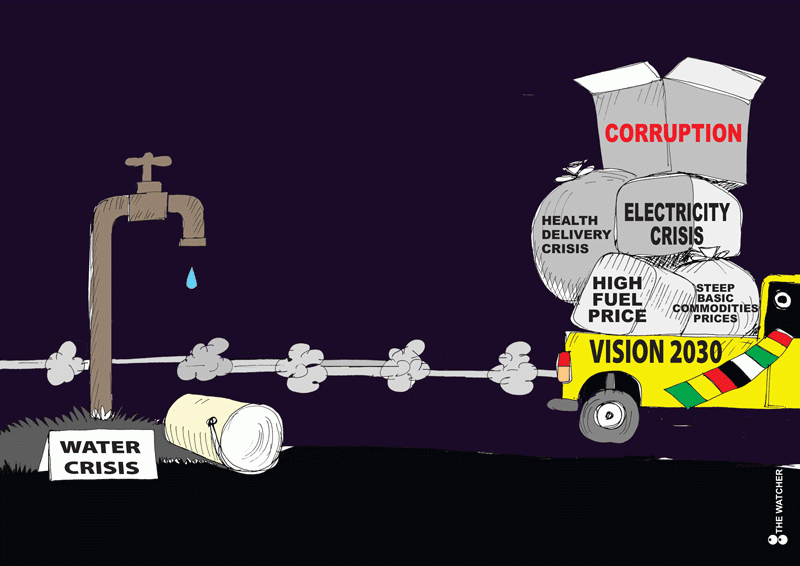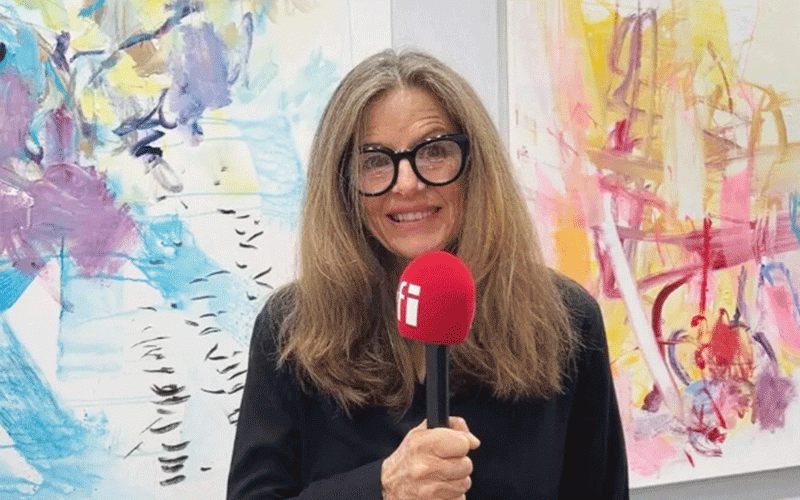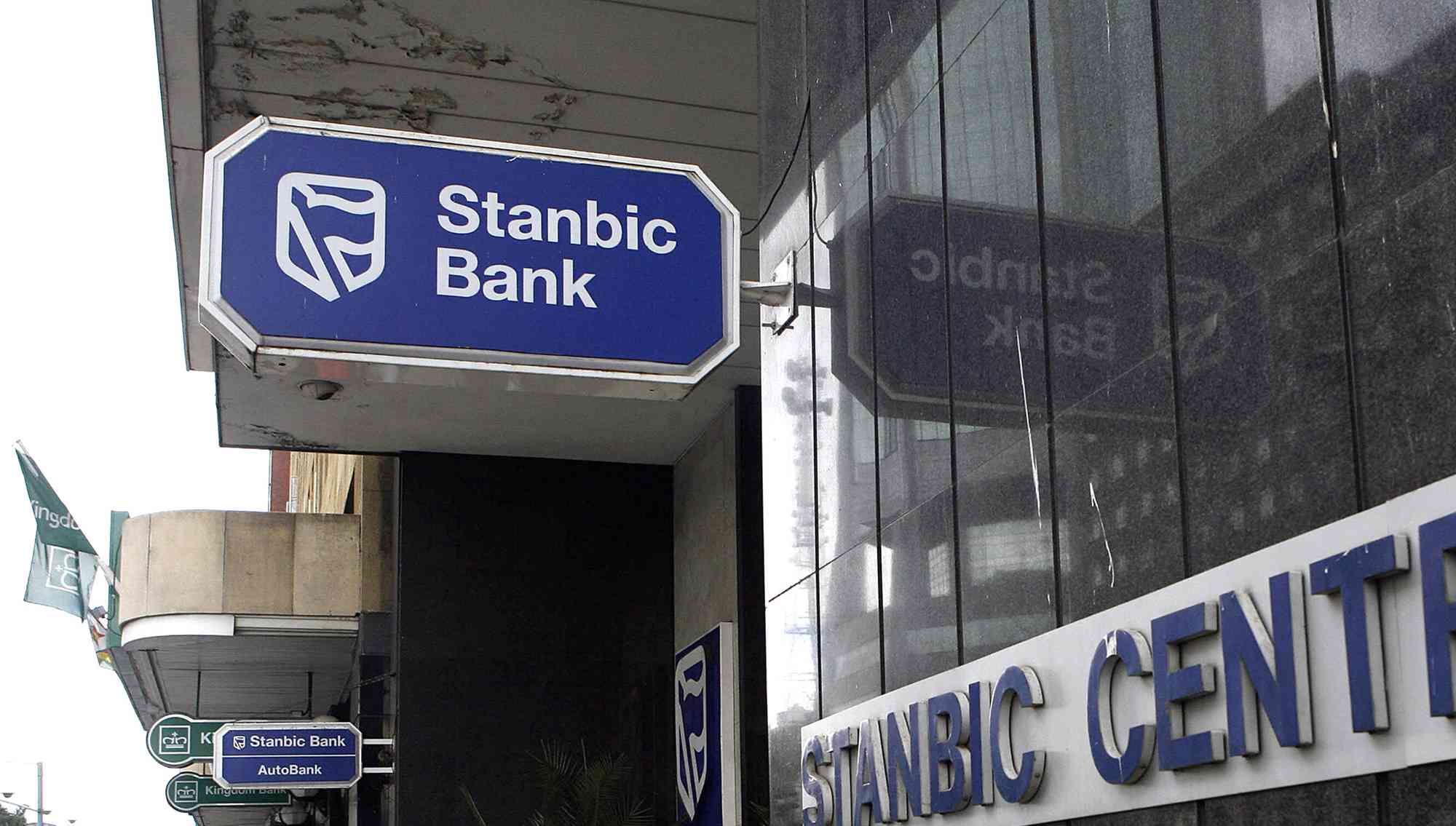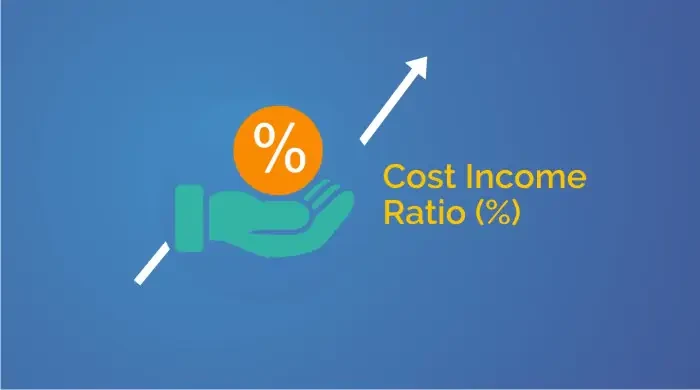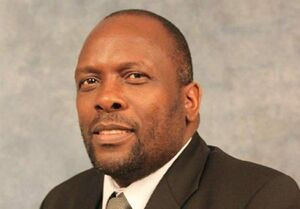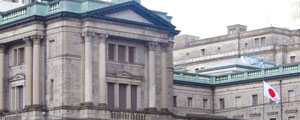
TOKYO/SYDNEY — The Australian dollar stole the spotlight yesterday, rallying against the greenback after an unexpected spike in inflation led investors to scale back bets on another interest rate cut.
Reuters
The yen, meanwhile, briefly blipped to its session high after the Bank of Japan (BOJ) kept monetary policy steady as most market participants had expected, though disappointed those hoping for additional easing measures sooner rather than later ahead of a scheduled sales tax hike in April.
“There is expectation, leading up to the increase in the consumption tax, that the BOJ is going to take more expansionary measures, so whether it was January or February or March, the general consensus is that something will be done in that period,” Bart Wakabayashi, head of forex at State Street Global Markets, said.
“So in that sense, maybe some thought it would happen this month, and it didn’t,” he said.
The BOJ clung doggedly to its upbeat consumer inflation forecasts, encouraged by signs that a broadening economic recovery may nudge firms into spending more on wages and investment. That suggested to some that no imminent monetary easing was on the horizon.
The dollar bought 104,42 yen, up 0,1% on the day after hitting a one-week high of 104,75 yen in the previous session. It fell as low as 103,97 yen after the BOJ announcement.
The euro rose about 0,2% to 141,63 yen off a six-week trough of 140,28 yen touched on Monday, and above a post-BOJ session low of 141,07 yen.
- Chamisa under fire over US$120K donation
- Mavhunga puts DeMbare into Chibuku quarterfinals
- Pension funds bet on Cabora Bassa oilfields
- Councils defy govt fire tender directive
Keep Reading
Against the greenback, the euro currency was trading nearly flat at $1,3561 after a directionless overnight session that saw it hamstrung in the previous day’s range of $1,3508/3569.
“US interest rates and the US dollar rose into the London morning, influenced by a (Wall Street Journal) article from Fed-watcher (Jon) Hilsenrath saying the Fed will taper its QE program by another $10 billion next week, but reversed in New York despite no key data or official comment,” Sean Callow, strategist at Westpac Bank in Sydney, said.
The Australian dollar was up about 0,7% at $0,8863 after rising as high as $0,8873 from a session low of $0,8784, as the high inflation reading badly wrong-footed speculators who had been short of the currency in the wake of downbeat employment figures last week.

